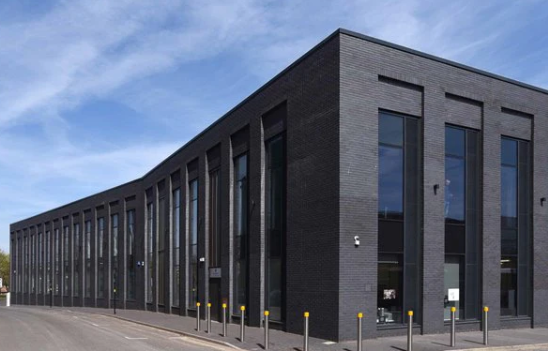When embarking on a construction project, whether it’s building a new home, renovating an existing structure, or adding a stylish feature wall, the type of brick you choose can significantly impact the final look and feel.
Among the many options available, smoother bricks and rough ones are two popular choices for construction projects, each offering distinct advantages and aesthetic qualities.
But what exactly sets them apart?
Texture and Appearance
The most noticeable difference between smooth and rough bricks is, of course, their texture.
Smooth bricks, as the name suggests, have a sleek, polished surface. This gives them a modern and refined appearance, making them ideal for contemporary designs where clean lines and a minimalist aesthetic are desired.
The uniform surface of smooth bricks can also reflect light, adding a subtle sheen to walls and other structures.
On the other hand, rough bricks have a more rugged, textured surface. This texture can vary from mildly uneven to heavily grooved, providing a rustic and natural look.
Rough bricks are perfect for traditional or industrial-style buildings, where an authentic, handcrafted appearance is appreciated. The varied surface of rough bricks can create interesting shadows and depth, adding character to any construction.
Manufacturing Process
The difference in texture between smooth and rough bricks often comes down to their manufacturing process.
Smooth bricks are typically produced using a wire-cut method, where clay is extruded through a die and then cut into bricks with a wire.
This process results in a uniform shape and a smooth finish.
Rough bricks, however, are often made using a moulding process. The clay is pressed into moulds, and as it dries, the surface takes on the rough texture of the mould.
Sometimes, additional treatments or manual adjustments are made to enhance the roughness, giving each brick a unique character.
Application and Use
Both smooth and rough bricks have versatile applications, but their specific uses can differ based on their texture and aesthetic qualities.
Smooth Bricks:
- Ideal for modern and contemporary buildings.
- Commonly used in residential construction, commercial buildings, and facades.
- Suitable for interior design elements like feature walls, fireplaces, and backsplashes.
- Easier to clean due to their smooth surface, making them a practical choice for areas that require regular maintenance.
Rough Bricks:
- Perfect for rustic, traditional, or industrial-style buildings.
- Often used in heritage restorations, garden walls, and outdoor fireplaces.
- Popular for creating accent walls and other architectural features that demand a textured look.
- Provide better adhesion for plaster or render, making them a good choice for walls that will be finished with additional materials.
Maintenance and Durability
When it comes to maintenance, smooth bricks are generally easier to keep clean.
Their even surface doesn’t trap dirt and debris as easily as rough bricks, which can accumulate dust and grime in their crevices.
However, both types of bricks are highly durable and, when properly installed and maintained, can last for decades.
Rough bricks, with their textured surface, might require more frequent cleaning in certain environments, but they also offer a level of charm that smooth bricks might lack.
The choice between the two ultimately depends on the specific needs and aesthetic preferences of your project.
Final Thoughts
Smooth bricks offer a sleek, modern finish that’s easy to clean, while rough bricks provide a rustic, textured appearance that adds character and depth.
Both types of bricks bring their unique benefits to the table, ensuring that you can find the perfect match for your construction or design project.

